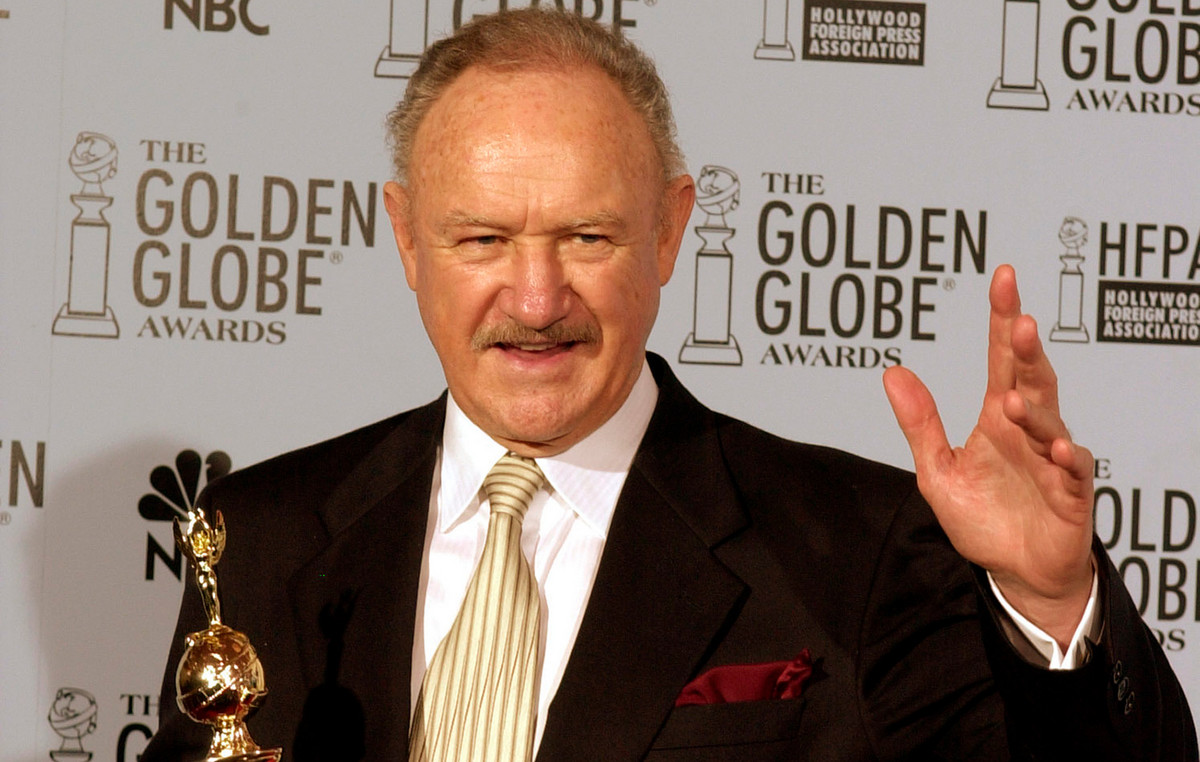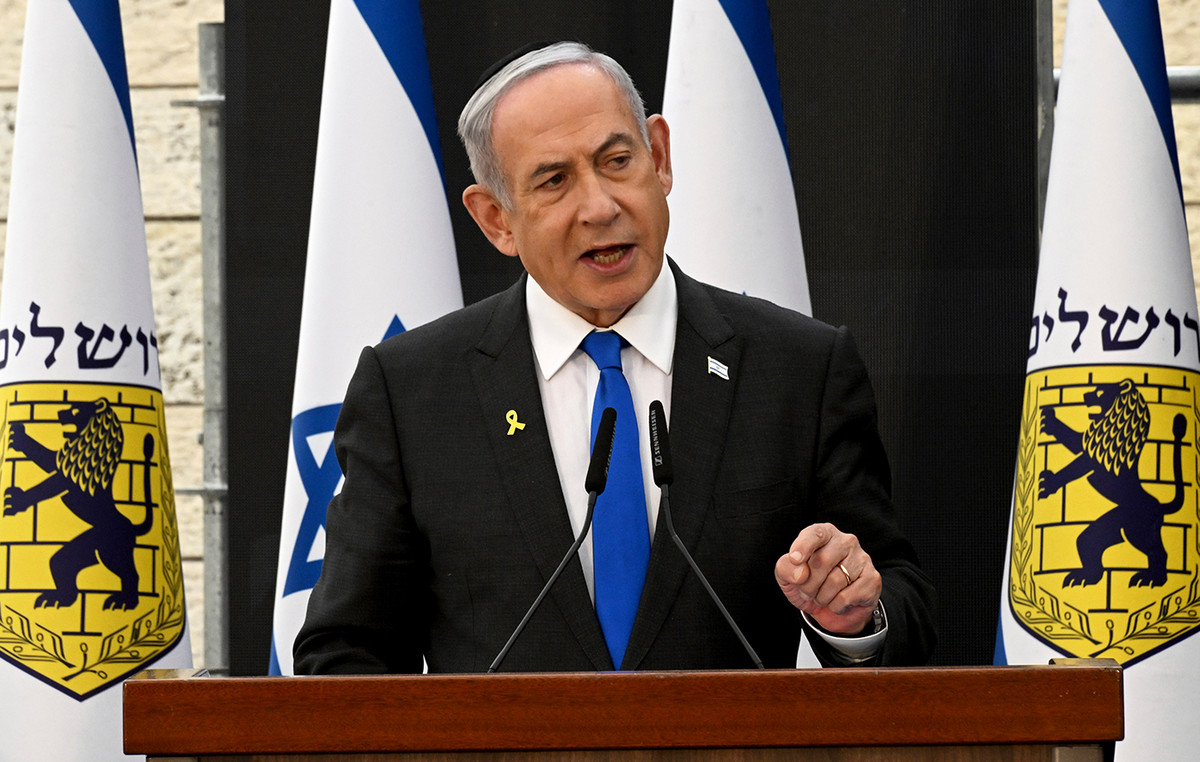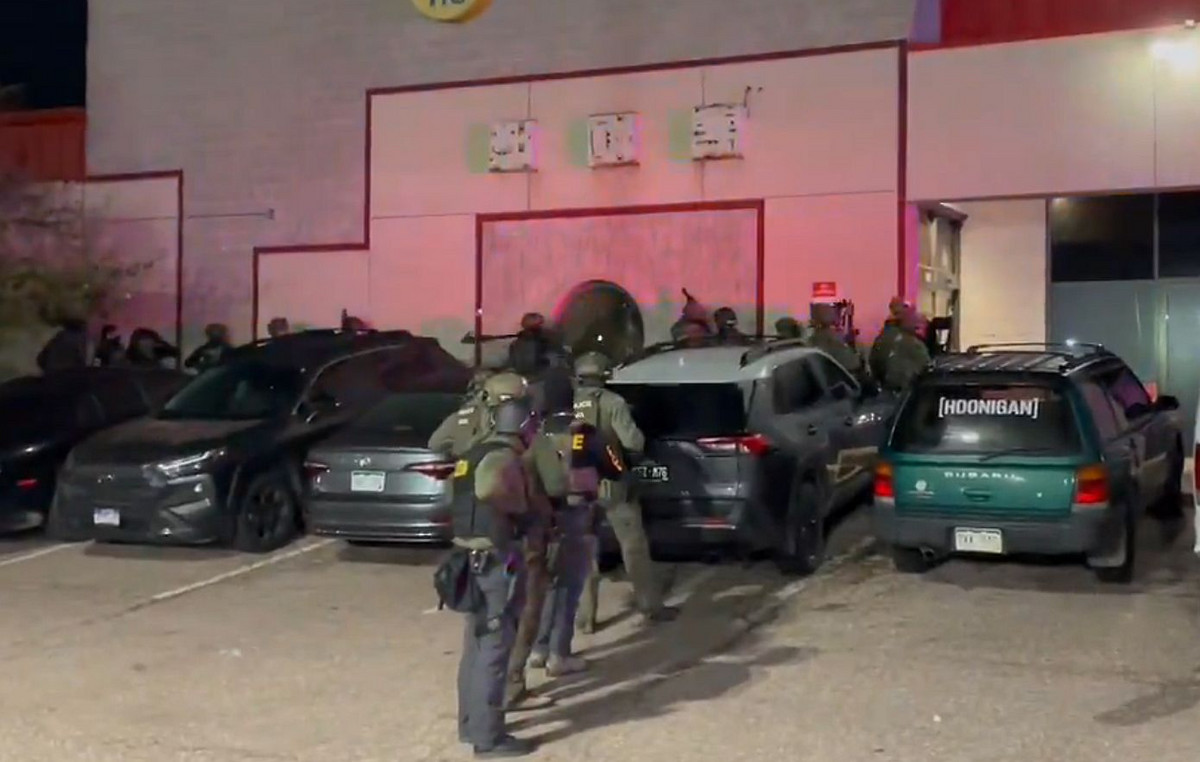Amidst expulsions of ambassadors, the CNN heard from experts about the current situation of the Nicaraguan government. The Central American country expelled Brazilian ambassador Brano de Souza and, in response, President Luiz Inácio Lula da Silva decided, this Thursday (8), to also expel the Nicaraguan ambassador to Brazil, Fulvia Patricia Castro Matu.
The diplomatic disputes reveal the weakening of the relationship between President Lula and Ortega.
Longtime figures in Latin American politics have been sidelined since Pope Francis asked Lula to intercede on behalf of bishops and priests kidnapped in Nicaragua.
Ortega allegedly ignored, more than once, the PT member’s attempts to contact him.
But after all, who is Daniel Ortega and how can we classify the government of Nicaragua?
For this, we need to go back to history.
Daniel Ortega came to power after the Sandinista Revolution, which ended a right-wing dictatorship in 1979. Before that, the country was under strong influence from the United States, which wanted to build a canal connecting the two oceans (Atlantic and Pacific).
Ortega was elected with 60% of the votes and assumed the presidency in 1985. “Daniel Ortega comes from the Sandinista movement, which was a very important revolutionary movement in Nicaragua. He was president back in the 1980s, with that Sandinista character. Today things are much more complex,” says Carolina Silva Pedroso, professor of International Relations at the Federal University of São Paulo (UNIFESP).
Sandinismo is a movement that emerged in the early 20th century against American interference in the country. It was led by the Sandinista National Liberation Front (FSLN) against the Somoza family dictatorship.
“Daniel Ortega comes from the left. He was the main leader of the Sandinista movement in the 1980s, when he clearly represented a leftist alternative to the long dictatorship of the Somoza family,” said Rafael Ioris, a professor of Latin American history at the University of Denver.
Sandinismo was founded on principles that characterize left-wing movements such as anti-imperialist, populist and social ideas.
Ortega was seen as a leftist leader at the time and remained in power until 1990, when he lost the elections to Violeta Barrios de Chamorro, ending the Sandinistas’ power in Nicaragua.
The politician lost two other elections, in 1996 and 2001, and only returned to power in 2007, during democratic elections.
Ortega returns different
“At the beginning of the 21st century, Ortega returned to power with a leadership that was very different from that of classic Sandinismo,” adds Ioris.
Experts agree that Ortega has been gradually undermining any democratic institution in order to remain in power. “Governments that are democratically elected, but in order to remain in power, gradually break with democratic institutions, they tear up the rules of the democratic game,” says Regiane Bressan, professor of International Relations at UNIFESP.
In his first term, Ortega removed the impediments to reelection in the country and through this he ran for three more elections, where he won them all.
In 2012, the victory came with allegations of electoral fraud. In 2016, the leader blocked all opponents and was harshly criticized by the international community.
In 2018, protests against the Ortega government were heavily repressed, with more than 300 people dying in the streets. The most recent vote, in 2021, was surrounded by opposition allegations that potential political opponents were arrested days before election day.
For Pedroso, “Daniel Ortega’s Nicaragua in 2024 is not the same Nicaragua as Ortega’s in the 1980s. Today, the Ortega government’s repression is much harsher against its own dissent than against “right-wing” opponents, the traditional opponents.”
Experts point out that Ortega’s current administration is less ideological and more authoritarian. For this reason, researchers have difficulty classifying the political orientation of the Nicaraguan regime: “It is an autocracy of him and his wife. It is the Ortega-Murillo regime.”
Persecution of the Catholic Church
Experts point out that in addition to persecuting the opposition and the population, Ortega is trying at all costs to expel the Catholic Church. This is a curious fact for those who study history, since the church was essential and one of the places of resistance for the Sandinista movement, led by Ortega in the past.
“Today, Ortega is supported by the neo-Pentecostal movements, by the neo-Pentecostal churches, which are conservative in their customs. The evangelicals are also supporting the regime,” says Pedroso.
In recent years, Ortega has expelled 18 nuns, arrested priests and bishops, and burned images of saints in churches and religious centers.
The church was even one of the factors that led to the further cooling of relations between Ortega and President Lula.
Brazil – Nicaragua: a relationship that was never close
Although Lula and Ortega were part of the same context of the rise of the left in Latin America in the 2000s, their relationship was never very close.
“They both have a history in the 1980s, where they were clear left-wing leaders. But since Ortega’s return in 2007, I don’t think there has been a relationship between the two,” says Ioris.
The recent ruptures between governments put Brazil in a complicated position, since Lula wants to assume the leadership role in Latin America. “With Nicaragua, Lula, despite recognizing that Ortega ‘messed up’ with democracy, has kept a channel open until yesterday, until the moment when the diplomatic representation is expelled. In my opinion, Brazil will try to retaliate as little as possible. Brazil did not retaliate against Javier Milei or Maduro. Following this logic, Brazil will not retaliate. It will wait for the calm to pass to try to rebuild the relationship”, says Bressan.
Source: CNN Brasil
Bruce Belcher is a seasoned author with over 5 years of experience in world news. He writes for online news websites and provides in-depth analysis on the world stock market. Bruce is known for his insightful perspectives and commitment to keeping the public informed.







